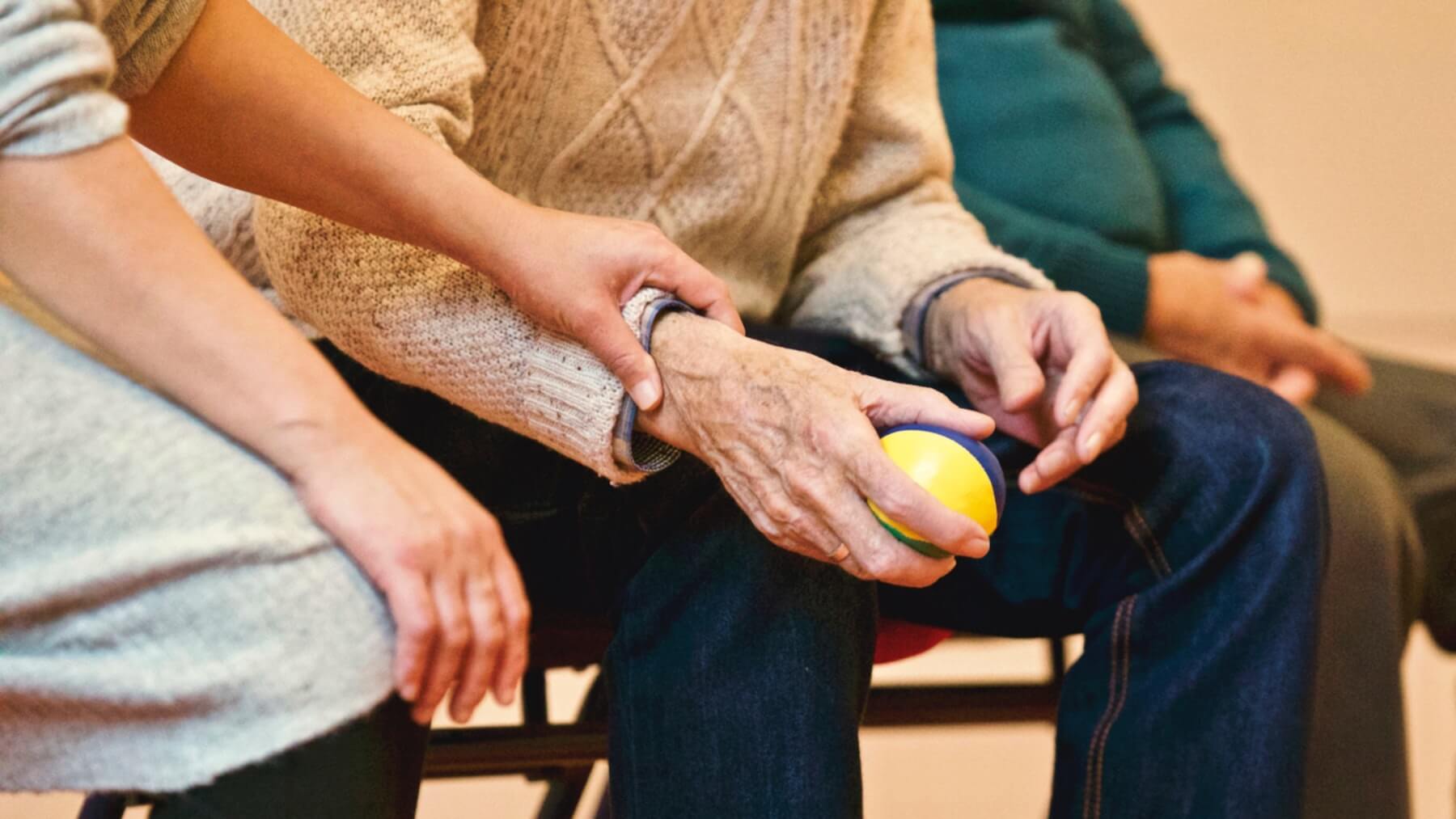Understanding Latino Culture: Agreeableness
 As with the cleaning staff manager we wrote about a few weeks ago, the topic of agreeableness comes up a lot with our Medical Spanish students when discussing Latino culture. In a recent conversation with a NICU nurse who frequently works with the Latino parents of the babies she cares for, she expressed her frustration over communication barriers that still exist despite her conversational level of Spanish:
As with the cleaning staff manager we wrote about a few weeks ago, the topic of agreeableness comes up a lot with our Medical Spanish students when discussing Latino culture. In a recent conversation with a NICU nurse who frequently works with the Latino parents of the babies she cares for, she expressed her frustration over communication barriers that still exist despite her conversational level of Spanish:
“I explained the baby’s routine in Spanish the best I could. I know I made mistakes, but the mom smiled and seemed on board with everything. I wasn’t sure if she had understood, but she smiled and nodded when I asked, ¿está bien?”
In situations like this one, the parents sometimes go on to contradict the routine that’s been laid out for them. The same thing often happens when adult patients are given treatment or instructions; they are receptive and nod as the doctor or nurse is speaking, but then leave the facility and don’t comply with the treatment plan.
Both the NICU nurse and other health care workers are experiencing the high level of agreeableness characteristic of Latino patients. However, there are two levels of breakdown here that can affect the outcome:
1. The patient doesn’t understand the instructions, but nods, smiles and responds positively because (a) the health care worker is an authority figure who must be shown respect, and possibly (b) embarrassment at their lack of language skills or medical knowledge.
In this case, the language barrier may be mostly to blame. However, the cultural barrier (interpreting a nod of respect as a nod of agreement) can prevent the health care worker from even knowing that the language barrier is a problem because the patient appears to be in agreement.
2. The second possible scenario is that the patient does understand the instructions and his or her positive response only indicates understanding and respect, but not necessarily agreement. S/he may say yes to the doctor out of respect, and then go on to handle their own treatment as they see fit.
As aptly stated by Novant Health:
Out of a sense of respeto many Hispanic/Latino patients tend to avoid disagreeing or expressing doubts to their health care provider in relation to the treatment they are receiving. They may even be reluctant to ask questions or admit they are confused about their medical instructions or treatment. Associated with this is a cultural taboo against expressing negative feelings directly. This taboo may manifest itself in a patient’s withholding information, not following treatment orders, or terminating medical care.
In the second case, the patient may not comply with treatment because the approach that the doctor took did not establish a good rapport and earn the patient’s trust. There are a number of Latino cultural values that are important for establishing a good relationship with a patient that will in turn lead to greater compliance. Over the next few weeks we’ll explore those values, so be sure to check back.
In the meantime, we want to hear about your experiences and insights too!






Re: Latinos and Agreeableness
Working with many different cultures, and especially in the homes, I acquired a keen though ironic view of the phrase “do you understand these instructions?” Anyone who has played the game telephone operator/whisper down the lane will understand as well. Most of my patients do not want to feel embarrassed or like they are being singled out during care.
In most cases, no matter what the language, instructions, especially discharge instructions often do not get followed. When patients are going home, or leaving an office, the can get a barrage of instructions which often get forgotten, lost and re-interpreted or ignored to whatever is most reasonable/convenient/affordable/desirable etc., for the patient or the caregiver(s).
There are a number of approaches to help counteract this effect:
In outpatient settings: a follow up call goes a long way. Quick turnover of calls by the office will help as well. Welcoming the patient’s calls after they get home and continuing to build the patient/provider relationship will help both now and in the future.
Hospitals ands some offices that I have been in, use a technique called “teach-back” which is important and helpful, but can be time consuming as well. With language and cultural differences barrier, it can be more so. However, it is very effective. The important thing to remember is to introduce this on admission and do this with everyone so no one perceives that they are being singled out.
And, of course, what Rory said above is true as well. The relationship of caregivers to patients no matter what culture is. Allowing the rapport to grow and continuing to treat with compassion and expertise no matter what.
Pingback: Working with Latinos: Customer Relations & Loyalty
Pingback: Working with Latinos: Customer Relations & LoyaltyCommon Ground International
Pingback: To tutear or not to tutear...the forms of you in SpanishCommon Ground International
Pingback: Personalismo - what's your approach? | Common Ground InternationalCommon Ground International
Pingback: Using bilingual employees as interpreters for a Spanish-speaking workforce | Common Ground InternationalCommon Ground International
Pingback: Working with Latinos: Safety and High-Risk Industries | Common Ground InternationalCommon Ground International